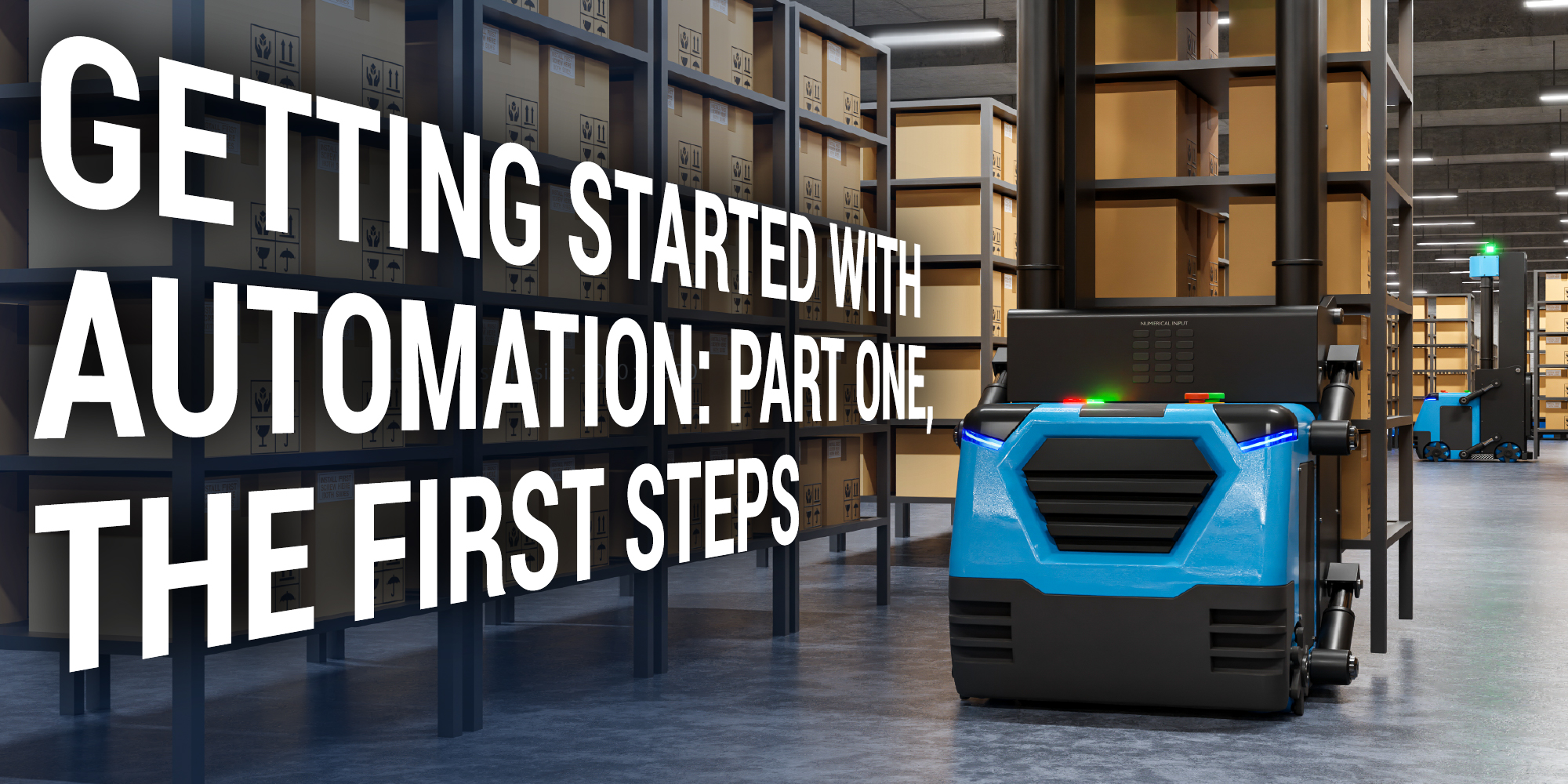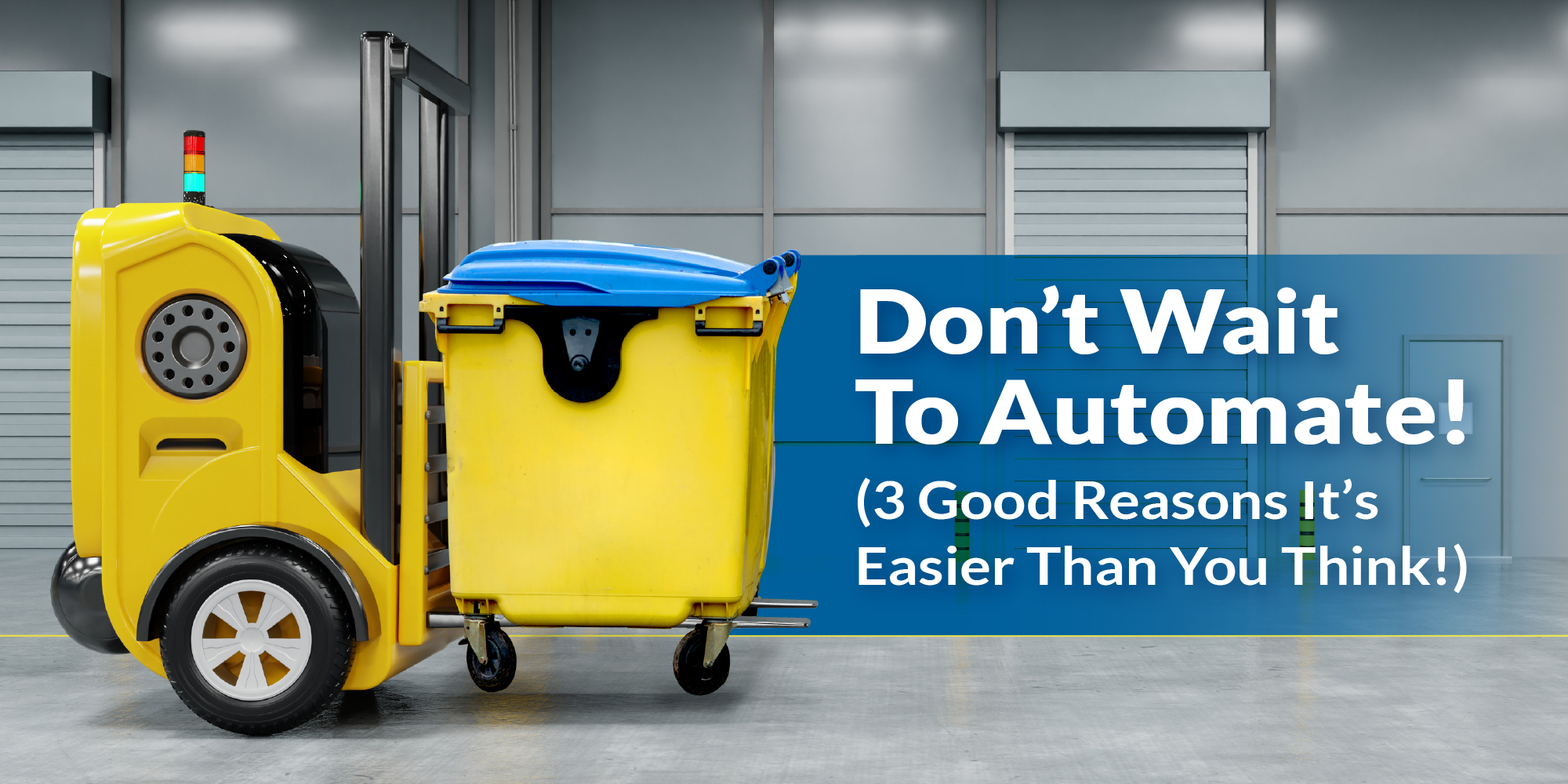When we think of automation in manufacturing, what comes to mind?
Visions of assembly lines lurching parts past robotic arms that snap or weld them together like life-sized model kits.
In many ways, this vision of automation has endured because, until relatively recently, it hasn’t changed much. Buckle up your conveyor belt; the ride is about to begin — Welcome to the automation time warp.
Historically, automation justified by performing a specific task for multiple years of repetition. In 2020, automation justifies by how fast it can be trained and the number of tasks it can perform over the life of the equipment. So, what does this look like in a practical sense?In yesteryear, if someone designed, say, a washing machine, that product would have a specific lifecycle in the market and an expectation that a certain number will need to be produced to meet demand. An industrial engineer would be tapped to build an assembly line with the ability to make that number of washing machines. Now, consider the amount of time spent between the washing machine’s design and the engineering of the processes necessary for its manufacture. It can be anywhere between 12 and 18 months before the first washing machine is ready to be shipped to market with a significant investment in design, engineering, and resources.
This process presents several challenges, not least of which being cashflow. If a solution isn’t deployed for 12 months, you may inject 80% of your cash for a year before receiving any benefit. Historically, this is how automation has looked behind the scenes, and the recoup on this investment could only be realized after years.
These days, a manufacturer can have an articulated arm robot or an automated mobile robot shipped to its site, trained, and operational in less than a day thanks to innovations in implementation such as SVT's SOFTBOT Platform, which allows for cross-platform robotics integrations from day one. It's part of the time warp currently occurring in automation when it's more necessary than ever to meet the demands — and disruptions — of the market.
Who was that masked man?
Everyone. Six months ago, could anyone have expected the surge in demand for face masks and thermometers? This is an unprecedented moment in every aspect of our lives, and those in the manufacturing sectors are facing new challenges that advances in automation are uniquely able to address. The old manufacturing cycle that took a year or more could never meet the needs that manufacturing (let alone civilization) needs to address at this moment.
Moreover, the time warp that started with consumer demand changes has only been amplified with the arrival of COVID-19. For example, grocery store delivery services accustomed to filling 300 deliveries an hour are now expected to fill 1200 an hour. The store wasn't built for that, which is why we find countless people in the store aisles picking for Instacart and other delivery services apps. It presents the kind of opportunity where automation can not only expedite needed services but also meet and exceed the expectations of the consumer who has grown accustomed to certain value propositions — namely speed.
With recent advances in sensory technology, many solutions can be deployed remotely, and you can integrate these systems immediately when paired with an integration layer like the SOFTBOT Platform. We can tie together a variety of third-party solutions and unify their operations in a way that truly optimizes what they can do for the end customer, whether they’re a retailer or a manufacturer. Moreover, we make flexibility an option where, with many systems, it just isn’t.
Time has never been a more meaningful part of the automation equation. The only question is, how fast do you want to go?








